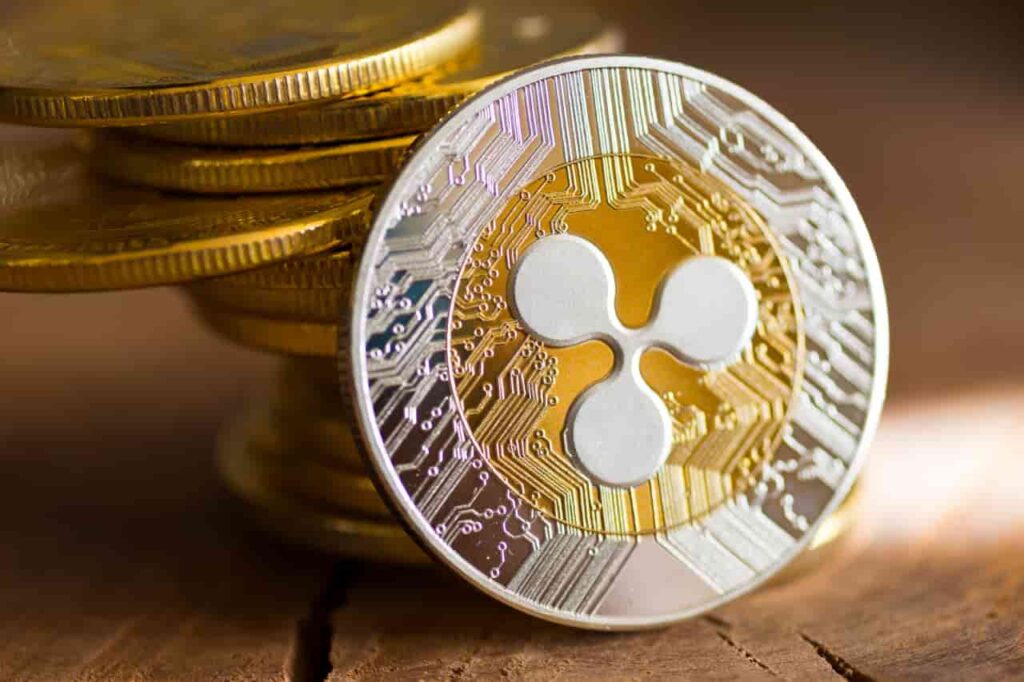Investors and analysts alike are closely monitoring the evolving dynamics of the XRP market, particularly in light of recent events that have significantly impacted its valuation. The cryptocurrency landscape is witnessing rapid changes, and XRP is no exception. With regulatory decisions and market trends playing pivotal roles, understanding these factors becomes crucial for anyone engaged in digital asset investments.
XRP Market Dynamics: Analyzing Recent Trends and SEC Decisions
Recent weeks have seen a considerable decline in XRP’s market capitalization, highlighting a waning investor sentiment. A major factor contributing to this downturn is the U.S. Securities and Exchange Commission’s (SEC) decision to delay its ruling on 21Shares’ proposed spot XRP exchange-traded fund (ETF). Originally, XRP’s market capitalization was a prominent $153.56 billion but has now plummeted to $137.45 billion—a staggering drop of $16.11 billion. Concurrently, XRP’s trading value has fallen to $2.34, marking a near 10% decrease.
Understanding the SEC’s Role in ETF Approval
The SEC’s recent announcement to postpone the decision on 21Shares Core XRP Trust centers on its need to ensure the proposal aligns with Section 6(b)(5) of the Exchange Act. This clause necessitates robust anti-fraud and anti-manipulation measures in ETF offerings. The proposed ETF aims to mirror the CME CF XRP-Dollar Reference Rate and plans to utilize Coinbase Custody for safeguarding its assets. During this extended review period, stakeholders have 21 days to furnish comments and 35 days to offer rebuttals.
Bloomberg ETF analyst, James Seyffart, anticipated this delay, pointing out the SEC’s tendency to utilize the full 240-day review period under the 19b-4 filing process. Seyffart predicts that any approvals for spot crypto ETFs might only emerge in Q4 2025.
What’s Next for SEC ETF Decisions?
Attention now shifts to the SEC’s impending decision on Franklin Templeton’s spot XRP ETF proposal, expected by June 17, 2025. As a major player in asset management, Franklin Templeton’s initiative to provide XRP exposure through traditional brokerage channels could potentially elevate XRP’s market valuation should the ETF receive approval.
Investor optimism is visible on prediction platforms like Polymarket, where confidence in the 2025 introduction of an XRP spot ETF has soared to 83%. This optimism exists even as Ripple and the SEC continue their legal battle, which remains unsettled and further complicated by procedural delays.
What are the market implications of an approved XRP ETF?
An approved XRP ETF could significantly boost the token’s accessibility for traditional investors, thereby potentially increasing demand and contributing to price stability. It would mark a critical development, legitimizing XRP within mainstream financial markets.
How does the SEC’s delay affect investor sentiment?
The SEC’s postponement tends to amplify uncertainty, leading to decreased investor confidence and resulting in market fluctuations. Investors often interpret delays as increased scrutiny, which can temporarily dampen investment enthusiasm.
Could regulatory challenges impact XRP’s long-term outlook?
Regulatory hurdles are significant in shaping XRP’s future. While ongoing legal issues with the SEC cloud short-term prospects, a favorable resolution and regulatory clarity could position XRP as a viable long-term investment.
Understanding these elements is crucial for stakeholders seeking to navigate the complex intersection of regulatory frameworks and market trends surrounding XRP. With structured insights and expert analysis, investors are better equipped to make informed decisions in the dynamic cryptocurrency landscape.

